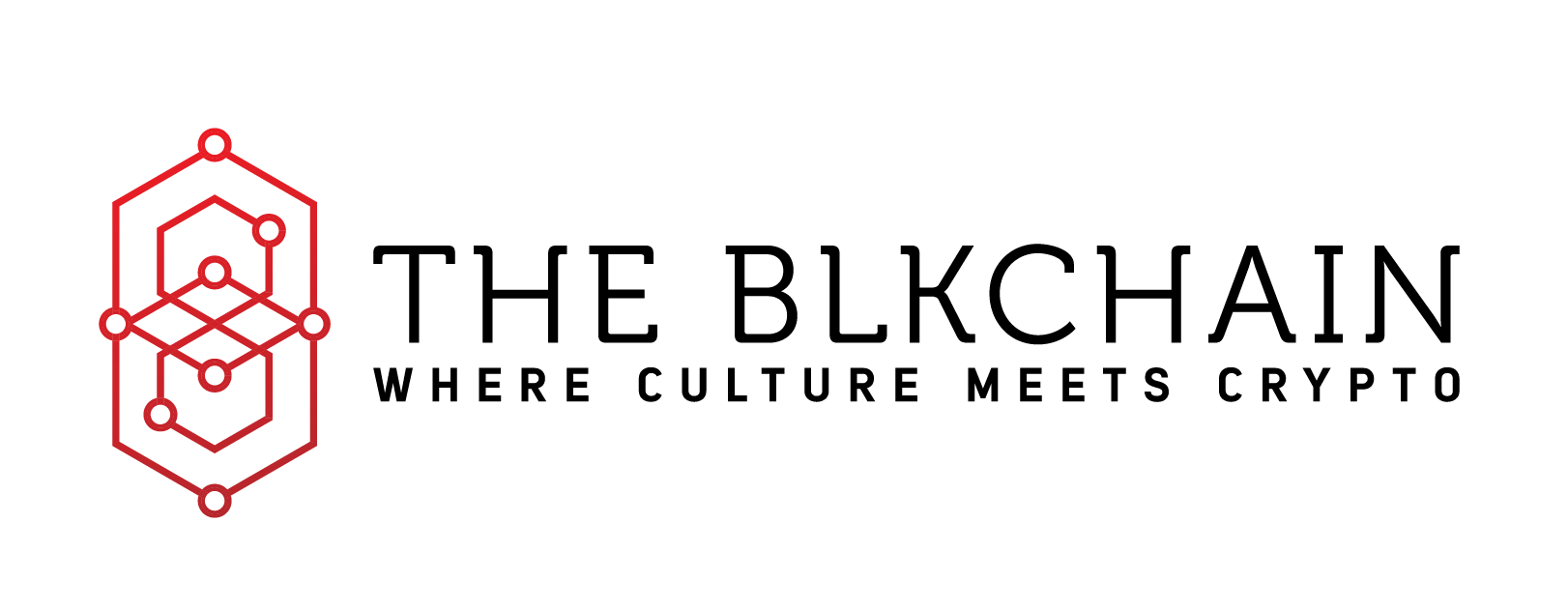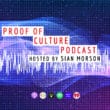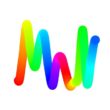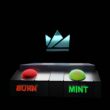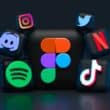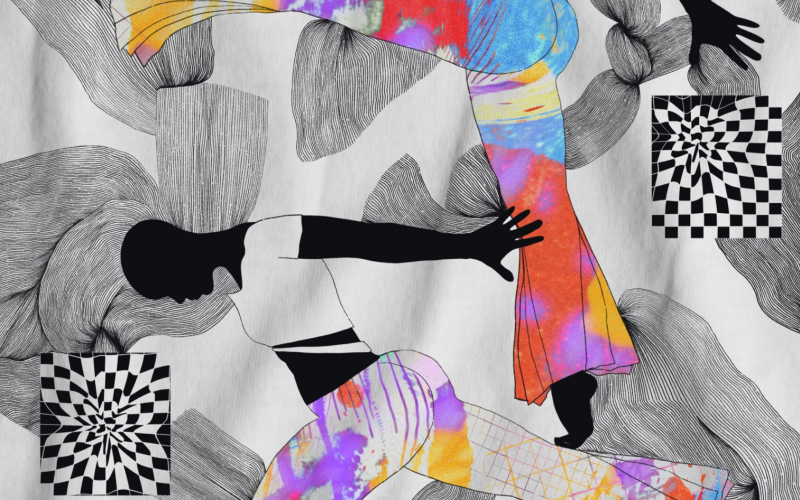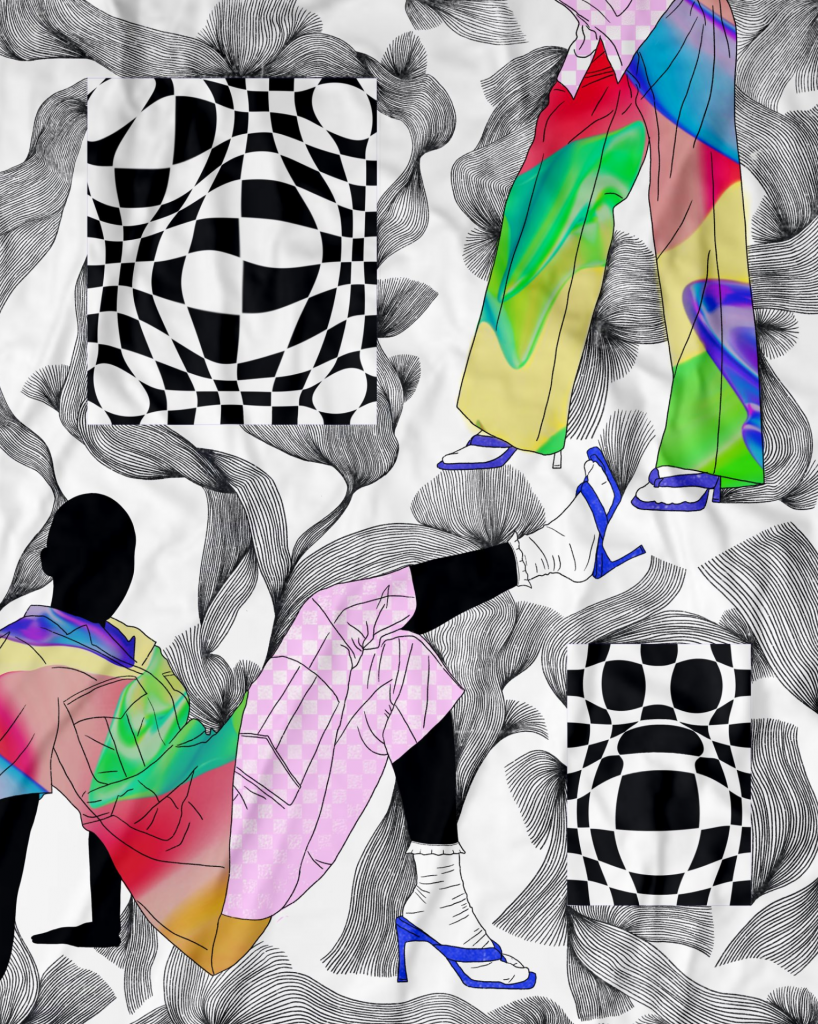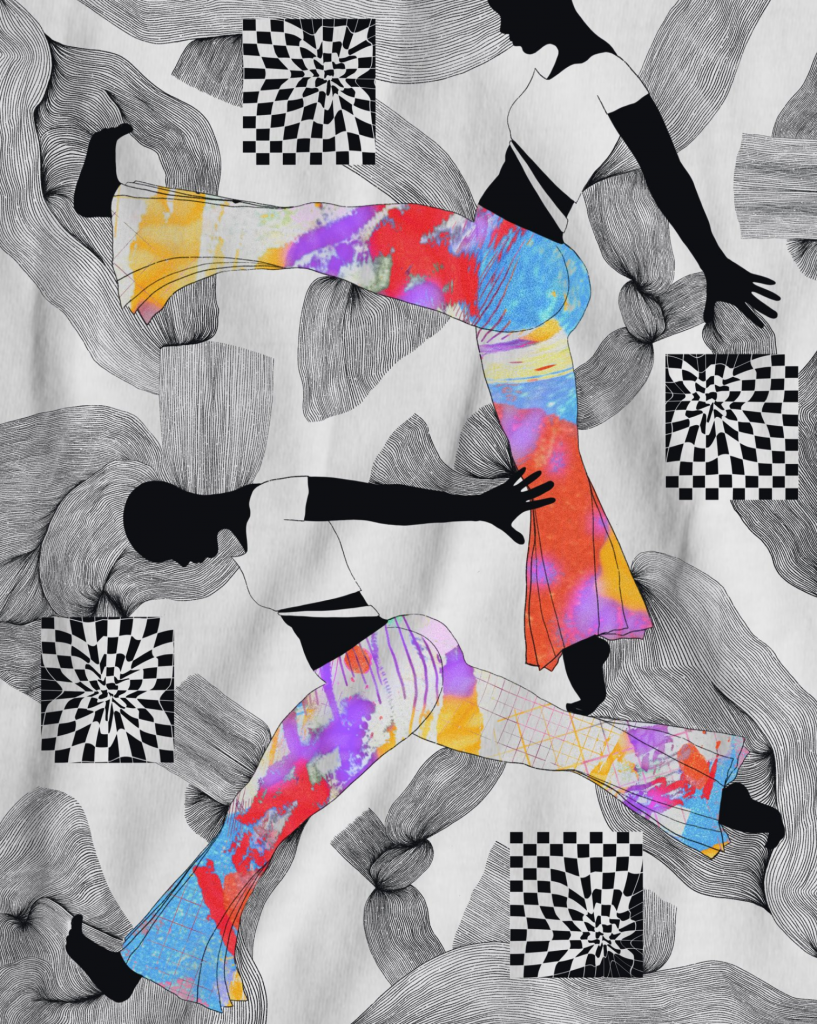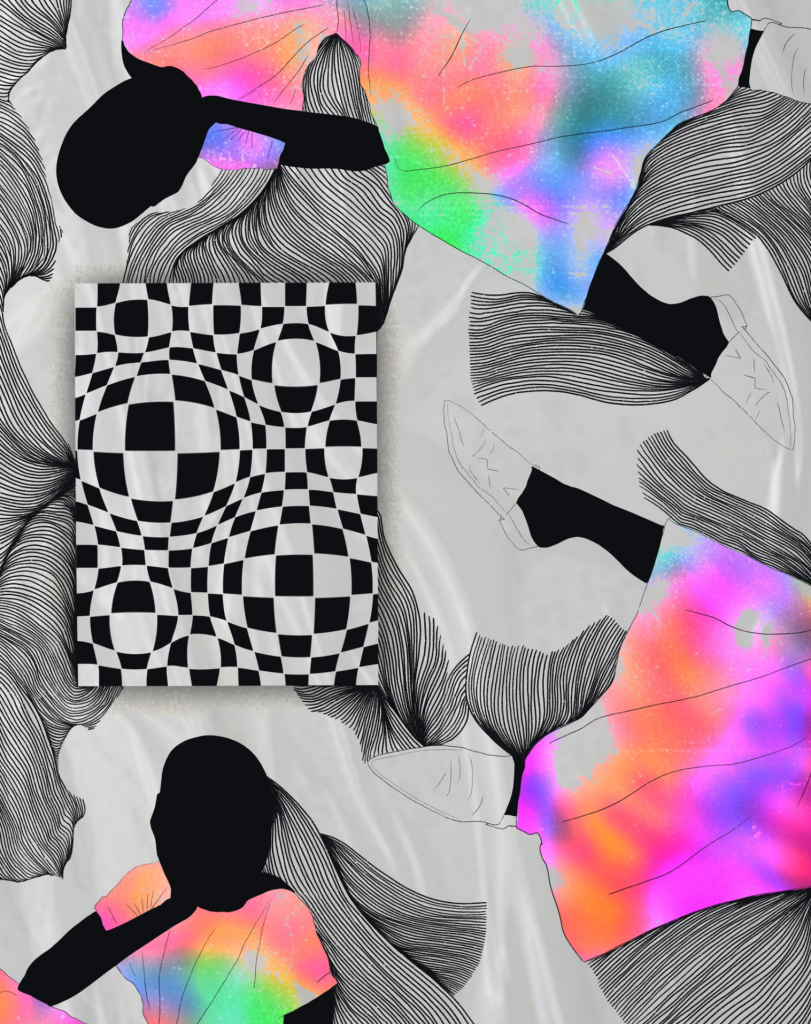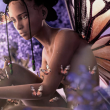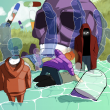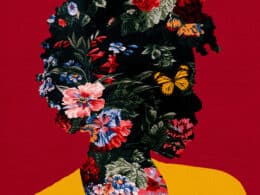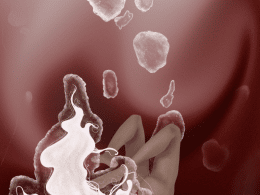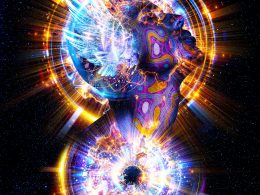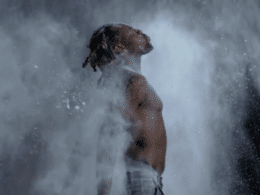Linda Dounia Rebeiz is a multidisciplinary artist with a passion for how design can cultivate and reinforce representation and empowerment. Her work was featured at Miami Art Basel 2021 as a part of Tezos’ “Humans + Machines: NFTs and the Ever-Evolving World of Art”. Here we dive into her personal art expression, how NFTs are changing the traditional structures and narratives in the art world, and some of the misconceptions with Africa’s involvement in the NFT space and overall crypto movement.
You have an incredible body of work. Tell us about your philosophy around making art.
If I were to pull one thread connecting all of my work though, it would probably have something to do with my love for play. My best work comes when I reach a state of unhindered play with no particular aim in mind – intuitions come clearly and I rely on happy accidents to work through the canvas. That’s when time warps around me and nothing else seems to matter but the movements of my hand (sometimes hands if I am painting).
When did you start creating art?
I have always made art as a way to play growing up. I do recall my first ever ‘artwork’ though, or at least according to my art teacher in middle school. It was a large scale landscape pencil drawing of Gorée island, where my school was. For many weeks during school holidays, I would sit on the eastern coast of the Dakar peninsula and draw Gorée. To me, it was like every other time I put pen, pencil, or crayon to paper growing up. But then my teacher saw my work in progress and I will never forget the look on her face. She was pleased, she was proud, and she encouraged me to keep going. That was the first time I realized that my art could touch people. I must have been 12 or 13. I never felt that rush again until much later in life.
You worked at IDEO in SF. Talk about the path to that.
I dropped out of school after having experienced the worst and longest depression of my life. The only redeeming value of having gone to college was my minor in creative writing. Everything else was torturous. I think my mind was rebelling at the idea of not pursuing a career in the arts. Had I had the clarity of mind I have today, I would have gone to art school despite what everyone else had to say on the matter. If there is a higher order in the universe though, and things happen for a reason, perhaps it was a good thing that I got a glimpse of the dullness and misery of life when I am not making art. After I dropped out, I decided to do something creative – I wasn’t confident enough to become a full time artist or writer so I chose the closest alternative, learning design. I was self taught – learning online, doing free work for friends, eventually taking on paid clients and after 3 years of that, I landed a job at IDEO. At the time, IDEO was opening an IDEO.org office in Kenya. I on-boarded in SF but spent my time in the Nairobi studio. At first, I was a Senior Interaction Designer and then eventually settled in my role as Design Lead. I have a deep love for design but I also realized quickly the level of inequity in the design space. That’s how I started working on Even By Design, a personal project that was launched at the Figma conference in March 2021. It was a toolkit for designers of color to decolonize their practice and was heavily influenced by the theories of Arturo Escobar, author of Design For The Pluriverse.
You’re a full time artist now. What’s that like?
Much of my design practice was finding excuses to make art using design tools and my design training. I realized this during lockdown. I had taken a sabbatical from IDEO.org and was supposed to travel. I had felt the depression creeping in again and this time, I didn’t make sense because in my mind, I was pursuing a creative career and doing fairly well in it. The pull to making art for art’s sake was becoming prominent again in my mind and so I started looking through my personal portfolio for hints of what was going on with me. I don’t remember making a conscious decision to use the entire lockdown period to making art but that’s what ended up happening. I worked frantically for weeks which turned to months. A year and a half later, I had accumulated more work than I could have ever imagined. A friend of mine came to my place when we were allowed to be around humans again and told me about NFTs. The rest feels like history but in many ways, a fortunate start as well. After I sold my first couple of NFTs, I realized I could make a living off my art – which is a dream I had not allowed myself to dream. I was perfectly content having art be my secret garden and hiding place, like when I was child. Today, I cannot imagine myself taking on a job ever again. I am more myself than I have ever been. I am kinder, more aware, more present. I wouldn’t trade it for the world. I am also learning that it’s incredibly vulnerable and hard to be a career artist. The looming idea of obsolescence haunts me: how long will this last, is it a fool’s errand, is my best work behind me, etc. I am also learning to channel this energy into my work. “Don’t think, create” is a motto I repeat to myself when the doubts settle in. Ultimately, I know that whether or not my art finds resonance or a market is outside of my control, whereas showing up everyday to create and nurture my creative practice is within my control. In any case, I haven’t been content for long doing anything else in my life, so art is it for me, whether it works out or not. Luckily, it’s worked out so far.
When did you first hear the term NFT?
From a very excited friend, who happens to be an artist I deeply respect: Afroscope. He told me about it during my birthday. I paid it little mind then because I was partying but the term stuck with me – I wanted to understand what the non-fungible part meant. When I finally started researching starting with the guide he put together on his website, I instantly fell in love with what seemed to me a revolutionary technology for artists with marginalized identities who are typically overlooked by the traditional art market.
What was the inspiration behind your new work?
I have always kept my abstract and figurative practice quite separate. I felt that it was the designer in me who made the colorful drawings and the artist who made the darker more complex abstract works. When I realized that I was unintentionally preventing different facets of my creative practice to communicate, I decide to explore whether it was a good thing or even a necessary. So I set off to experiment with the subject I know best, women. I wanted to explore movement, conflict, and tension in both an abstract and figurative way. I expected it would be a struggle to have two seemingly foreign parts of myself interact but there was something natural about it in the beginning. As the collection grows, I am finding myself getting more ambitious with the scope of each piece. I like that, because it tells me there is something worth digging into there.
Tell us about the Cyber Baat exhibit and DAO.
Cyber Baat is the playground for creators of African descent in the Metaverse. We make room in the crypto art world for free, unhindered creative exploration and practice by creators of African descent. We support our creators with the platform to grow their creative careers in ways that serve them and their communities. It came about when I realized the power of community in the NFT space. At first, I wanted to bring together the friends I had met in the NFT space whose art I respected. The more I learned about DAOs, having joined HerStory DAO early during my time in the Metaverse, I realized that community was vital for underrepresented communities to survive in the NFT space. Pooling together our resources, network, and influence to pursue a common goal of carving a safe space for us in the Metaverse deserved focusing on and bringing to life. Fortunately, the project was received with great support from platforms like Foundation, Vertical Crypto Art and NFT Oasis. Now, we have a number of supportive partners, including NFT platforms, collectors, curators, other DAOs, art fairs, and generally a large group of individuals who are invested in seeing this project succeed. We have big plans, as every DAO I assume. We are hoping to end the year with a fundraiser to allow us to build the DAO over the next few years, starting with a digital art festival in January 2022 in Dakar. We are hoping to fly in the artists from our DAO and create a fun environment for us to get to know each other better. Everyone is welcome to join us of course!
